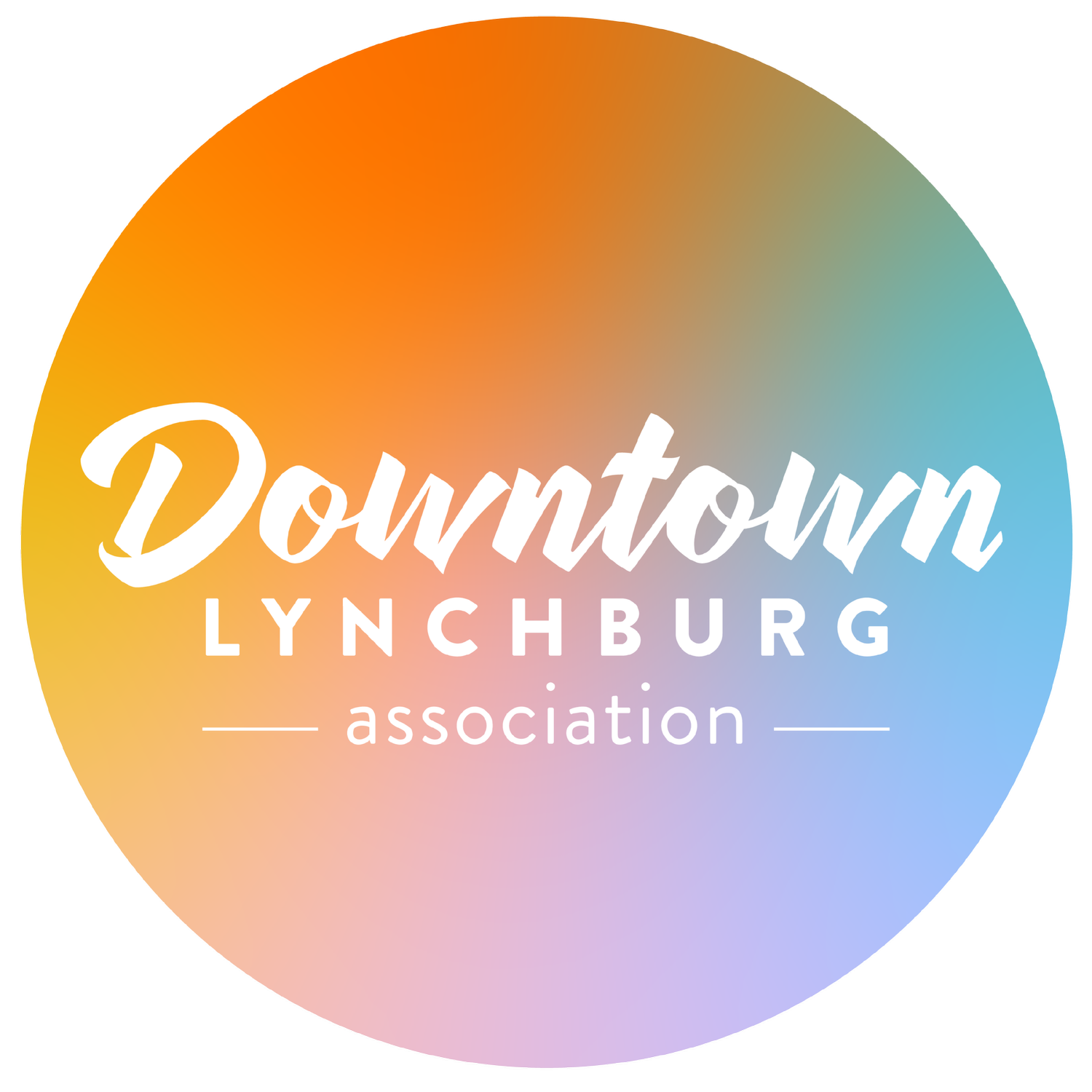Courtesy of Lynchburg Museum System
Imagine Lynchburg at the peak of the Civil War. Our city was the second largest hospital center in the Confederacy. At one time as many as 10,000 wounded were brought into Lynchburg for care at the hospitals, more than the entire population in 1860. The War had torn families apart, leaving widows and orphans in its devastating wake.
Lynchburg would not have seemed like the kind of place that a romance would blossom. This, however, is exactly what happened for one couple.
Late in the War, a Swedish born Confederate Colonel arrived in Lynchburg as so many other men did: a wounded soldier. Colonel August Forsberg of the 51st Virginia Infantry was severely wounded in the hand at Winchester, Va. He was sent to recover at the Ladies Relief Hospital, which was located at the site of what is now the Academy of Fine Arts on Main Street. It was recommended that the Colonel’s hand be amputated. The Ladies Relief Hospital, run entirely by women, was known for being the hospital that saw the most serious cases. It had the highest recovery rate.
At the hospital, Col. Forsberg was in the care of Mary (Mollie) Morgan Otey. Mary had already lost a husband in the War. Working in the Ladies Relief Hospital, she must have seen thousands of soldiers with all manner of wounds. History does not record how the Ladies Relief Hospital and Mary accomplished what seemed like a lost cause, but under Mary’s care, the Colonel’s hand was saved. The two fell in love and were married in 1865. According to her family, Mary said: “After I saved his hand, I thought I should have it.”
On display in the Old Courthouse Lynchburg Museum is a woman’s jacket made in the style of a confederate officer’s overcoat. Mary had this jacket made, and attached to it military braids and her husband’s Colonel stars. This jacket was an act of rebellion, as Confederate soldiers were forbidden from wearing their “colors” during the period of Reconstruction. Mary and August remained in Lynchburg and he served as City Engineer for many years. During this period, he designed both Holy Cross Church and the Clay Street Reservoir. August passed away in 1910, Mary in 1918.
For more information about Downtown Lynchburg during the Civil War visit:
Lynchburg Museum System, 901 Court Street,
http://www.lynchburgmuseum.org/
Old City Cemetery, 401 Taylor Street,











